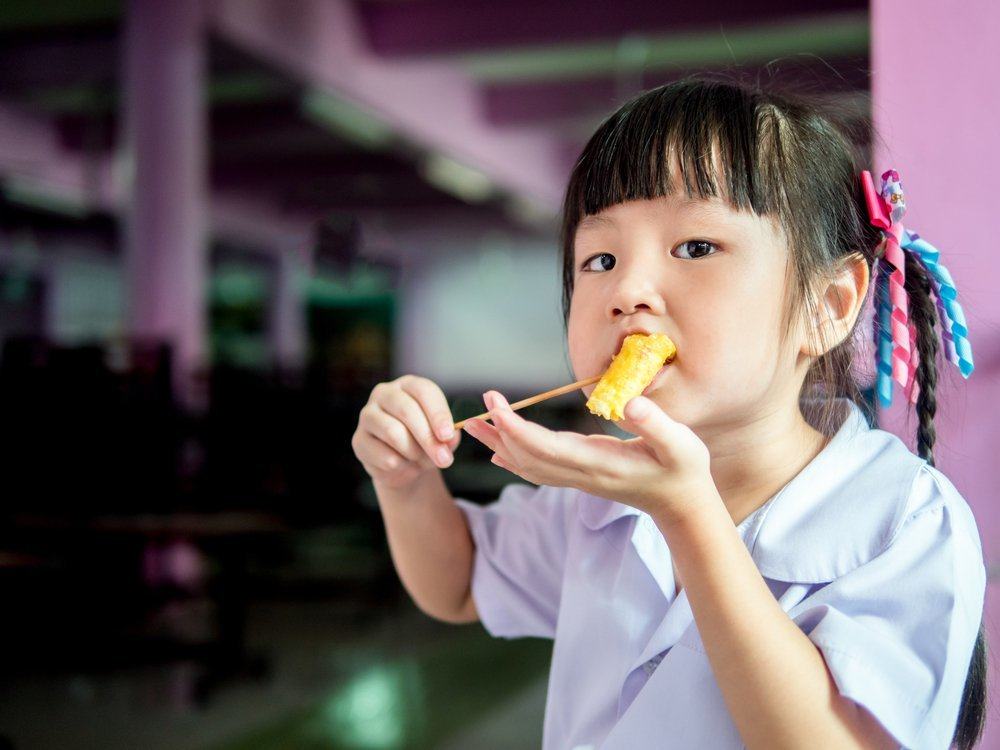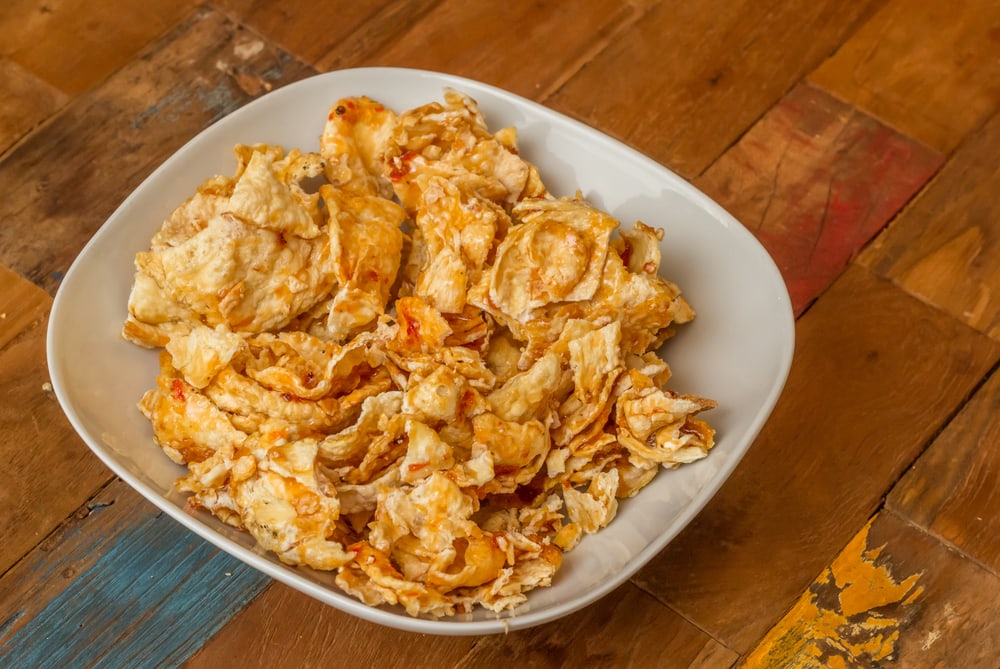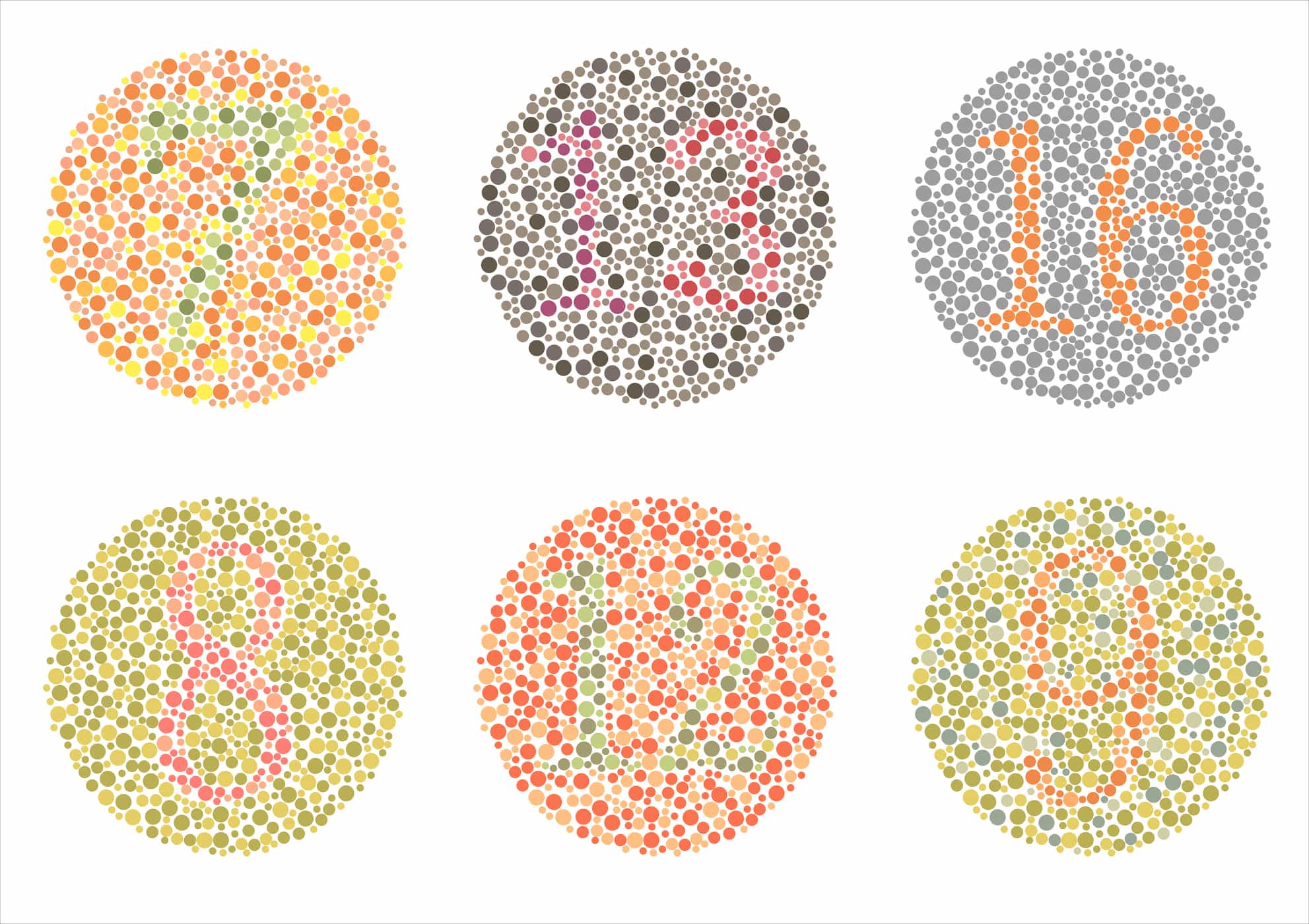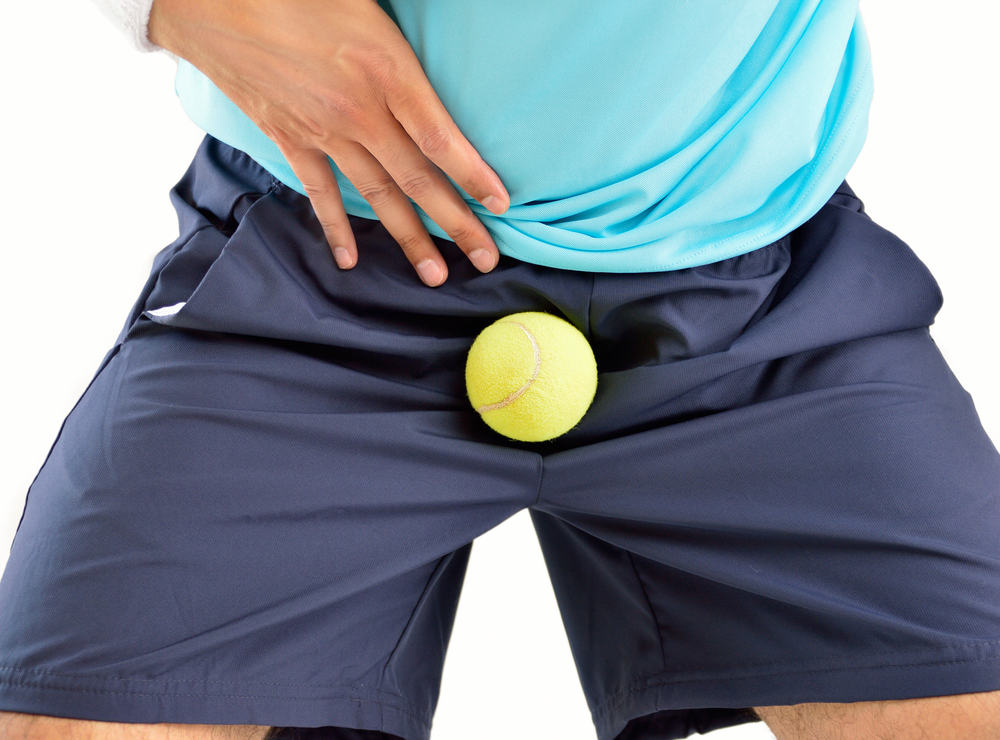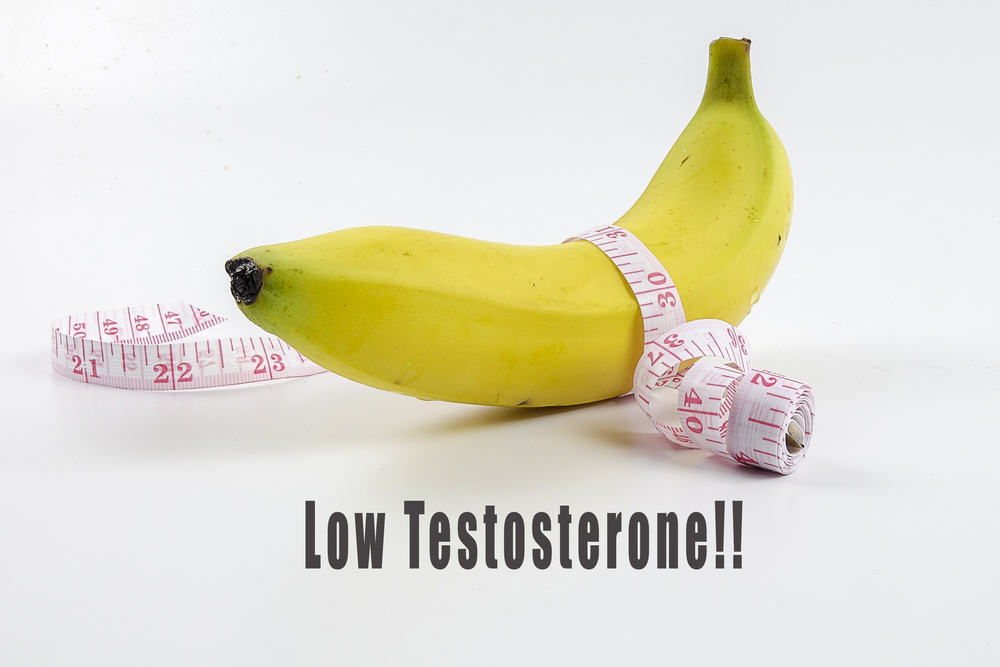Contents:
- Medical Video: Doctors issue warning against eating spicy snacks like Flaming Hot Cheetos
- What are the dangers of school kids snacks?
- What kind of snacks are healthy for children?
- 1. Choose safe snacks
- 2. Keep clean
- 3. Pay attention to the color, taste and aroma of food
- 4. Read food labels
Medical Video: Doctors issue warning against eating spicy snacks like Flaming Hot Cheetos
School children cannot be separated from snacks. In every school there must be merchants who sell their wares. Snacks offered by these traders make children interested in buying them, even though they might actually be hungry. This has become a habit for school children. If it has become a habit, it is more difficult for children to refuse not to take snacks at school or choose to bring lunch to school. But, do you know the dangers of school kids snacks?
What are the dangers of school kids snacks?
The report of the Food and Drug Supervisory Agency (BPOM) in 2014 showed that the highest unsafe snacks were caused by microbial pollution, excess food additives, and the use of hazardous materials. The 2015 BPOM report also showed that as much as 9.37% of the 416 samples of school snacks in DKI Jakarta were not eligible for consumption. From the results of BPOM's search for school snacks in schools in DKI Jakarta, it was found that school snacks contained formalin, borax, and coloring Rhodamin B and Methanyl Yellow (textile coloring), as quoted by Media Indonesia.
Because of the presence of these dangerous ingredients or because of the cleanliness of snacks that are not maintained, some snack foods are not safe for school children. Unsafe snacks can cause children to get sick. Children can experience conditions such as dizziness and nausea, nausea, vomiting, abdominal cramps, muscle cramps, muscle paralysis, diarrhea, disability, and may even cause death if the child's condition is very serious.
In addition, snacks that children usually buy at school usually only fill the child's stomach, but do not contain rich nutrition. So, children can lack the intake of important nutrients, such as iron, which can cause children to suffer from nutritional anemia. If the child is often sick, then absent children will be more and can affect the child's achievement in school.
How severe are the adverse effects that can occur on children because unsafe snacks depend on several factors, such as factors in consumption, prevention factors, and the child's body condition. If more and more consumption of unsafe snacks, the longer the response is given, and the weaker the immune and physical condition of the child, the more serious adverse effects can be experienced by the child. Keep in mind that children are more vulnerable to food poisoning than adults.
What kind of snacks are healthy for children?
To prohibit children from not snacking at all may be difficult to do for children who are accustomed to snacks. The danger of snacking on school children may be reduced by clever ways to choose healthy snacks.
According to BPOM, suitable snacks are safe, quality and nutritious. Some tips for choosing snacks, namely:
1. Choose safe snacks
Like what? Safe snacks are clean, cooked, do not smell rancid, and do not smell sour. You can choose clean snacks by paying attention to the cleanliness of the snacks and the cleanliness of the hawker vendors. Pay attention to all matters relating to cleanliness, starting from water sources for washing, how to store food, how to serve food, places to serve food, and so on.
2. Keep clean
Before eating snacks, make it a habit for children to always wash their hands. Hands can be a source of germs. Children often touch anything and then use their hands to eat. In fact, that's where the source of bacteria can cause diseases, such as diarrhea. Schools usually provide hand washing places in every corner. Familiarize children to always wash their hands with running water and soap.
3. Pay attention to the color, taste and aroma of food
Tell the child that he or she should not choose foods or drinks that are striking in color, have a taste that is too salty, sweet, or sour, and or has an unpleasant aroma, such as a rancid smell. Also, limit children to consuming soft drinks or flavored drinks. Especially for children who are overweight or obese, you should limit your intake of sugar, salt, and fat in a day, as found in fast food (fast food).
4. Read food labels
If a child buys packaged food, teach him to always read food labels on the food packaging. What needs to be considered is the name of the product type, expiration date, composition, and nutritional value information (if any). Usually children just eat packaged foods, even though the food may have expired, and this can cause children to get sick.
READ ALSO
- Health Benefits If Children Bring Provisions to School
- Snacking Habits in Children: Which Is Healthy, Which Is Not?
- 5 Healthy Stock Ideas for Children

